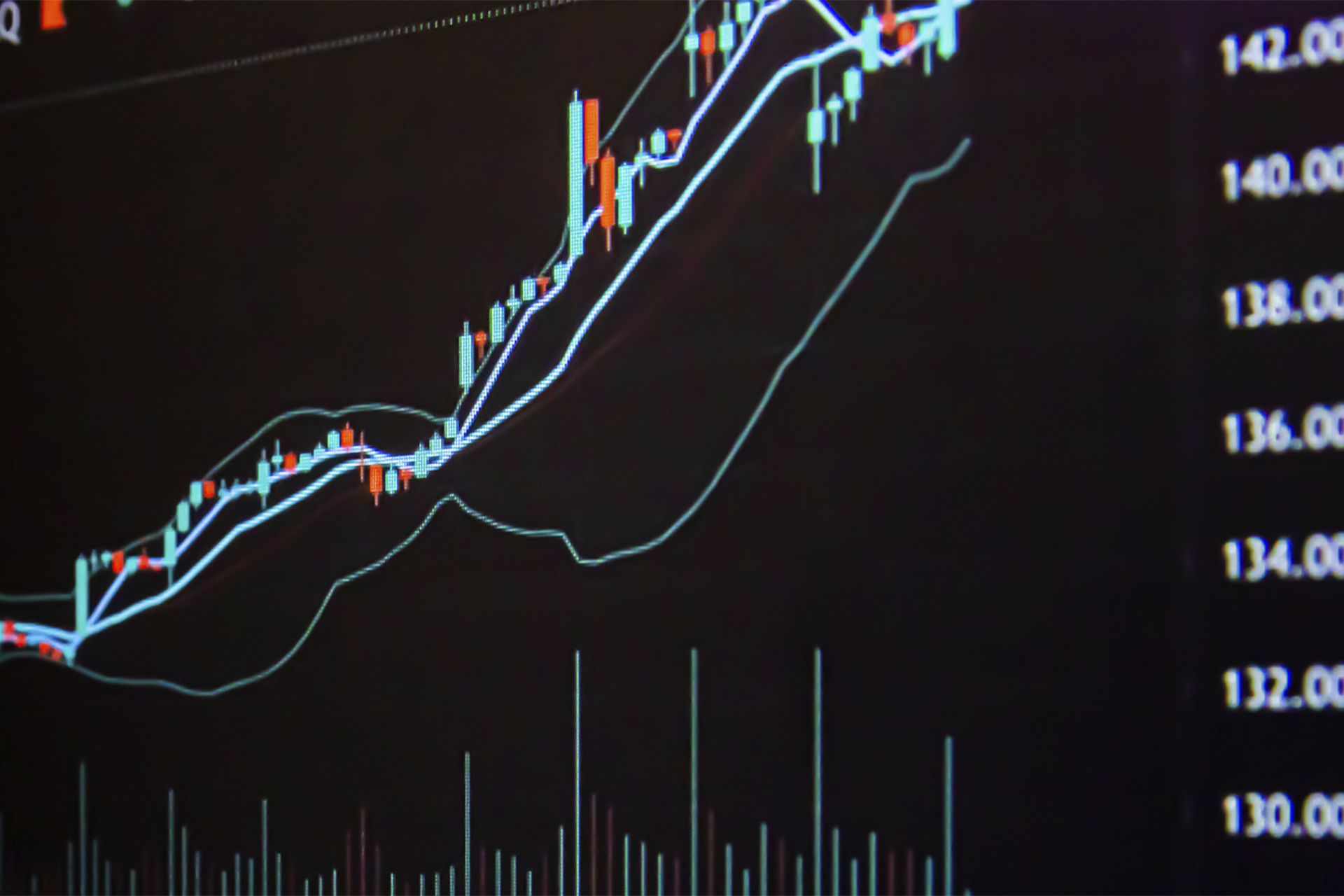Price Feeds for MetaTrader Servers: The Lifeline of Accurate Trading

Price Feeds for MetaTrader Servers: The Lifeline of Accurate Trading
In the fast-paced world of financial trading, price feeds are the backbone of decision-making, strategy execution, and risk management.
For MetaTrader platforms (MT4/MT5), reliable Price feeds ensure traders access real-time, accurate market data—essential for executing profitable trades. Whether you’re a retail trader, institutional investor, or brokerage, the quality of your price feed can make or break your success.
This article explores the critical role of price feeds in MetaTrader servers, their benefits, implementation strategies, and how they empower modern trading operations.
For MetaTrader platforms (MT4/MT5), reliable Price feeds ensure traders access real-time, accurate market data—essential for executing profitable trades. Whether you’re a retail trader, institutional investor, or brokerage, the quality of your price feed can make or break your success.
This article explores the critical role of price feeds in MetaTrader servers, their benefits, implementation strategies, and how they empower modern trading operations.

Price Feeds for MetaTrader Servers: The Lifeline of Accurate Trading
What Are Price Feeds?
A price feed is a continuous stream of real-time or historical market data transmitted to trading platforms. For MetaTrader servers, this data includes bid/ask prices, volume, spreads, and time stamps for assets like forex pairs, stocks, indices, and cryptocurrencies.Price feeds are aggregated from multiple sources (banks, liquidity providers, exchanges) and delivered to traders’ terminals with minimal latency.
Why Price Feeds Matter for MetaTrader
1. Precision in TradingAccurate price feeds eliminate slippage and requotes, ensuring orders are executed at the expected price. For scalpers and algorithmic traders, even a 1-millisecond delay can result in missed opportunities.
2. Market Transparency
High-quality feeds provide a consolidated view of liquidity pools, enabling traders to see true market depth and avoid price manipulation.
3. Brokerage Competitiveness
For brokers, offering tight spreads and fast execution via reliable feeds attracts and retains clients. A 2023 survey found that 68% of traders prioritize execution speed when choosing a platform.
4. Risk Management
Real-time data allows brokers to monitor exposure, set dynamic margins, and prevent negative balance scenarios.
Types of Price Feeds
Real-Time Feeds :Delivered in milliseconds, ideal for high-frequency trading (HFT) and scalping.
Sourced from tier-1 banks (e.g., Barclays, Citibank) and ECNs (Electronic Communication Networks).
Historical Feeds :
Used for backtesting strategies and analyzing past market behavior.
Includes tick data, OHLC (Open/High/Low/Close) bars, and volume metrics.
Aggregated Feeds :
Combine data from multiple liquidity providers to offer a balanced view of the market.
Crypto Feeds :
Specialized feeds for digital assets, often sourced from exchanges like Binance or Coinbase.
How Price Feeds Work with MetaTrader
MetaTrader servers integrate price feeds via APIs (Application Programming Interfaces) or bridge solutions. Here’s the process:Data Aggregation : Liquidity providers send price updates to the MetaTrader server.
Normalization : The server processes raw data into a standardized format compatible with MT4/MT5.
Distribution : Clean, low-latency prices are streamed to traders’ terminals.
Execution : Orders are matched with the best available prices from the feed.
Benefits of High-Quality Price Feeds
Ultra-Low Latency : Execution speeds as fast as 10–50 milliseconds.Tighter Spreads : Aggregated liquidity reduces bid-ask spreads, lowering trading costs.
Global Market Access : Trade forex, metals, energies, and indices across 24/5 markets.
Customization : Tailor feeds to specific regions, asset classes, or volatility thresholds.
Scalability : Handle thousands of price updates per second without downtime.
Choosing a Price Feed Provider
Selecting the right provider is critical for brokers and traders. Key factors include:Reliability : Uptime guarantees (99.9%+) and redundancy protocols.
Liquidity Sources : Diversity of providers (banks, ECNs, exchanges) ensures competitive pricing.
Technology : Low-latency infrastructure (e.g., colocated servers, fiber-optic networks).
Compliance : Adherence to regulations like MiFID II and GDPR.
Support : 24/7 technical assistance and integration services.
Challenges & Solutions
Latency Spikes : Mitigated by colocating servers near liquidity hubs (e.g., London, New York).Data Fragmentation : Solved via aggregation tools that consolidate multiple feeds.
Costs : Balance between premium feeds and budget constraints by prioritizing key asset classes.
Future Trends in Price Feeds
AI-Driven Analytics : Machine learning algorithms predict price movements from historical feeds.
Blockchain Integration : Decentralized feeds for crypto assets enhance transparency.
Quantum Computing : Ultra-fast processing for real-time arbitrage opportunities.
Regulatory Tech : Automated compliance checks embedded in feed data.
Conclusion
Price feeds are the lifeblood of MetaTrader servers, enabling traders and brokers to operate with precision, speed, and confidence. In a market where milliseconds matter, investing in reliable, low-latency feeds is not optional—it’s a strategic necessity. By partnering with top-tier providers and leveraging cutting-edge technology, businesses can unlock new levels of efficiency, attract high-volume traders, and stay ahead in the competitive financial landscape.
As trading evolves, price feeds will continue to innovate, bridging traditional markets with emerging technologies like AI and blockchain. For MetaTrader users, the message is clear: prioritize quality data, and success will follow.
Final Tip : Always audit your price feed’s performance quarterly to ensure it aligns with your trading goals.
Price feeds are the lifeblood of MetaTrader servers, enabling traders and brokers to operate with precision, speed, and confidence. In a market where milliseconds matter, investing in reliable, low-latency feeds is not optional—it’s a strategic necessity. By partnering with top-tier providers and leveraging cutting-edge technology, businesses can unlock new levels of efficiency, attract high-volume traders, and stay ahead in the competitive financial landscape.
As trading evolves, price feeds will continue to innovate, bridging traditional markets with emerging technologies like AI and blockchain. For MetaTrader users, the message is clear: prioritize quality data, and success will follow.
Final Tip : Always audit your price feed’s performance quarterly to ensure it aligns with your trading goals.









Report
My comments